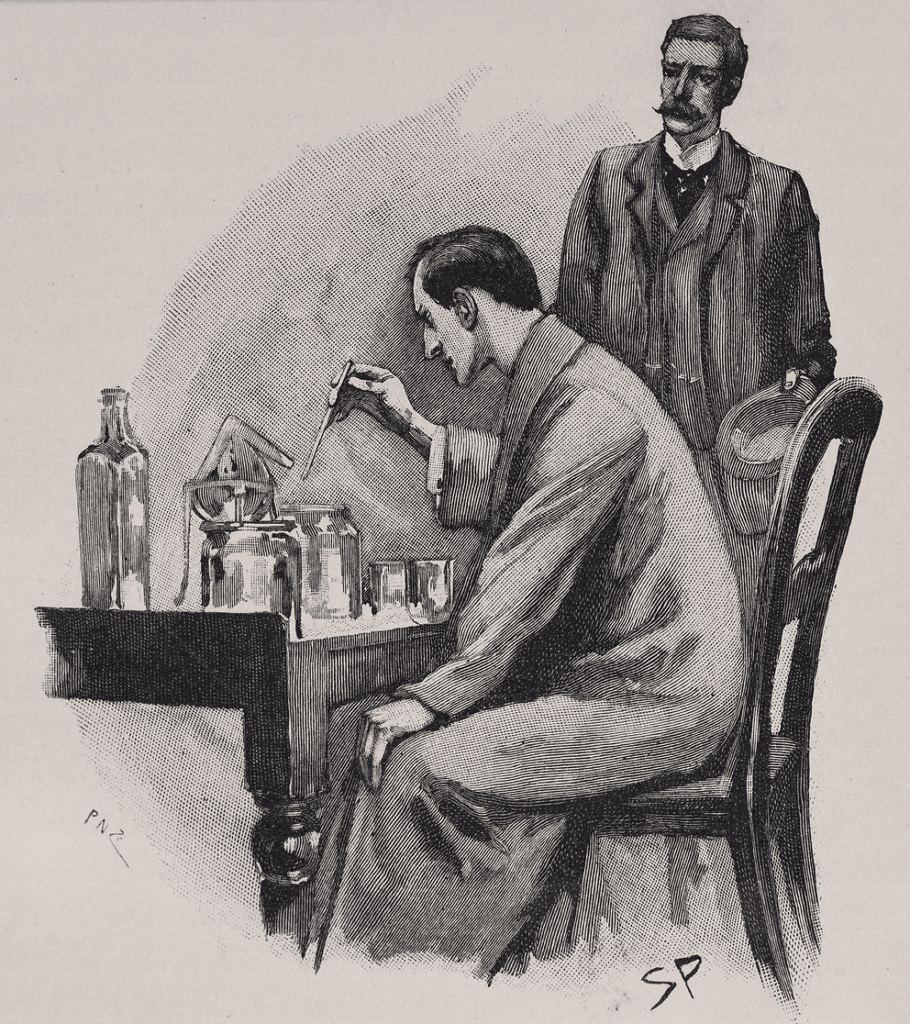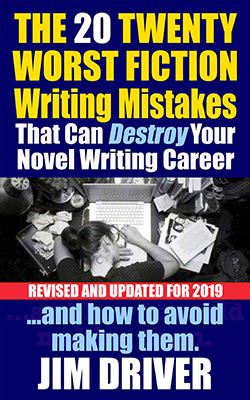Possibly the most important aspect of any novel is that the main characters should be engaging. If the reader doesn’t care what happens to your characters, you are sunk. When you create characters they must be memorable.
Think what fictional characters you can think of. Lizzie Bennett in Pride and Prejudice, Jane Austin’s Emma, Sherlock Holmes, Doctor Watson, Professor Moriarty, Bertie Wooster, Lord Emsworth, Sam Spade, Philip Marlowe, Endeavour Morse, Christian Grey, Tom Ripley, Hannibal Lector, Tywin Lannister. Some are heroes, others villains. All of them stay with you long after you finish reading the book they appear in.
This list doesn’t include characters created by Charles Dickens, the master creator of memorable characters. David Copperfield, Wilkins Micawber, Uriah Heep, The Artful Dodger, Bill Sikes, Nancy, Fagin, Pip, Miss Havisham, Joe Gargery, Sam Weller, Mr Pickwick, James Steerforth, Ebenezer Scrooge, Bob Cratchit, Sarah Gamp, Mr Jaggers, Sydney Carton, Daniel Quilp, Madame Defarge, and Sir Leicester Dedlock, to name but a very few.
What these characters have in common is that they are all over the top, ‘larger than life,’ unlike anyone you’d meet in everyday life. Yet, to some people, they are more real than the faceless guy who just served them at the 7-11 store.
Although instinct tells novice writers to play down a character’s eccentricities so as to make them seem more ‘believable’, I suggest you do the reverse. After all, we are writing fiction and readers are desperate for escapism.
Create Characters Readers Will Remember
When someone sits down to enjoy a Romance novel or movie, a Crime or Mystery, or an Adventure, are they looking for a slice of reality? Definitely not. They will be aware that serial killers are rare in the real world. They know the chances of someone they know being murdered in an English country house or on the Orient Express are virtually non-existent, and yet they will suspend their disbelief sufficiently to immerse themselves in the story.

People who read books and watch movies demand to be entertained, and so they give the writer a license to exaggerate.
Is James Bond believable? Not on your life.
How many men have you met who remind you of Madame Defarge or Hannibal Lector? None, I hope.
How To Create Characters That Readers Will Remember
Think of human beings you know. I’ll bet most of them are ‘pretty ordinary,’ at least on the surface. Forget them.
A few people will stand out. Maybe the ‘totally sinister’ guy who lives down the street, and who never smiles? The woman at work who invariably gets drunk and starts dissing her ‘useless husband’? The guy at the market who has a bad temper and shouts insults at his customers?
The people you bring to mind will each have some flaw or eccentricity that makes them distinctive in your eyes. Excluding physical traits, such as having a hunch-back or only one leg, it’ll be something inside them that manifests itself on the outside.
Why does the guy down the street never smile and dress in black? What happened to him? Was it an event in childhood, or something that occurred more recently?
Why does the workmate always get drunk, and does she really hate her husband? If so, what has he done to her? Maybe it’s because he didn’t live up to her high expectations?
Why does the guy at the market lose his temper so easily? What experiences has he been through? How does he view his customers?
Use this method of ‘reverse thinking’ to add depth to your characters. Put yourself inside their ‘heads’.
The Fatal Flaw
It’s a good trick to give your protagonist some flaw that will impede his or her progress towards reaching the goal you’ve set them in the novel. That goal might be solving the murder, recovering their daughter from kidnappers, returning the ring to its rightful own, whatever. Think what might stand in their way.
We all know about the alcoholic cop (please don’t use it,) but what about the scientist who’s afraid of flying but who must travel into space to complete her mission? Or, the claustrophobic father whose daughter has been kidnapped, is forced to climb through narrow caves in order to rescue her? The possibilities are infinite. Certainly ‘too infinite’ to fall back on the cliche of the alcoholic cop, I hope.
As we’ve already established, a character’s flaw can be physical or psychological in nature. It could be something in the character’s past he or she cannot get over. Think about the cop who once shot a child by mistake, or the FBI agent hunting the paedophile who was herself abused as a child, the middle-aged loveless romantic who has been dumped too many times.
Think out of the box. The man with one leg may have lost the other one in a heroic act that left him jobless and his life in ruins. That would certainly change the way he looks at life. The woman who lost her hearing in a terrorist bomb attack would have a very changed view of life afterwards.
The Character Arc
Every important character in your novel has to react to events and change throughout the novel. What happens to them is called the ‘character arc.’ They must not be exactly the same at the end of the novel as they were at the beginning.
Let’s say your lead character is a small-town American accountant, who has lived an ordinary, sheltered life. Maybe he’s a National Guard reservist, so he has some military training, but he’s never had to discharge his weapon in anger.
Supposing a gang of terrorists capture his wife and family and hold them hostage. He is the only person who can save them. The extreme measures he will be forced to take and what he witnesses will alter his personality in all kinds of ways. You have to take this into account in every chapter of the novel. The way his character will change from chapter one to the novel’s conclusion has to be gradual, so reflect that in your writing.
Avoid The 100% Evil Villain
Authors generally get it that rounded fictional characters need to be endowed with both good and bad traits but, for some reason, many writers ignore this rule when it comes to their villains. Not giving the bad guys a single redeeming feature is a terrible idea. In fact, the antagonist should be the most complex character of them all.
No one can be all bad or all good. Even Hitler, the biggest real-life villain of the 20th Century, patted little children on the head and loved his dog. When you create characters, it’s important you mirror real life, both good and bad.
To emphasize the badness, you must be able to contrast it with little acts of kindness. There’s no reason a serial killer and torturer can’t be a good father, mother, son, or daughter. A Neo-Nazi thug can still devote his working life to a cancer charity. It’s possible that a dictator will believe that being utterly ruthless with dissenters is good for the vast majority of his subjects.

The villain must keep surprising the reader. Don’t make them in any way predictable. We want reader to say, “Wow, I didn’t see that coming!” That is music to our ears.
This article is adapted from a chapter in The 20 Twenty Worst Fiction Writing Mistakes.

fun88
Create Characters Readers Will Remember – All Fiction Writing